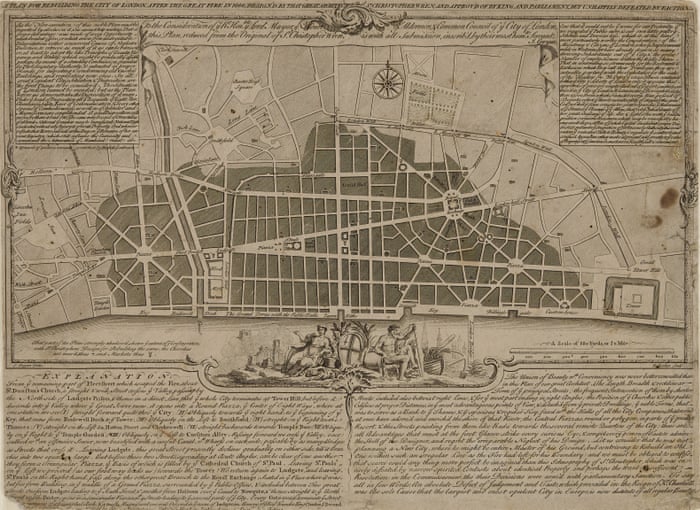The economic development of Lisbon in the 18th century was very high. This economic development made the city one of the important commercial centers. In parallel with economic development, class differences among people have become widespread.
The fact that the mother religion is Christianity has greatly affected the city. For example, the formation of the structure of the city according to churches, especially the use of the underground parts as religious service units, clearly shows Lisbon’s proximity to religion. In addition, due to the topographical situation of Lisbon, the rate of irregular urbanization is high and the number of open spaces in the city is almost non-existent. In addition, the fact that the buildings in Lisbon show Baroque architectural inspiration can show how strong their ties with religion are.

The Lisbon earthquake that took place on 1 November greatly affected the city, the earthquake of approximately 9 magnitude destroyed the whole city in a period of 10 minutes. The fires and tsunamis seen with the earthquake quickly brought the end of the city. The people’s confrontation with such a great calamity caused them to interpret this situation as a punishment from God. After this disaster, King Jose, the ruler of the period, left his throne to deal with religious affairs, and King Pompal, who ascended the throne after him, started to deal with the reorganization of the city. He tried to provide the city’s planning plan by enacting some laws at first. King Pompal’s goal was actually to transform Lisbon into a modern renaissance city. For this, the King asked for proposals for a new Lisbon plan from the team he founded, consisting of architects and engineers. In fact, after the recent London fire of 1666, King Pompal wanted to follow the same idea in Lisbon, but while the new city was being built in London, the structure of the old was wanted to be preserved, but in Lisbon, such a goal was not seen. Dos Santos’s plan was selected among the 5 proposed plans and the grid plan layout was used. For the structures that were previously built according to the church, different areas are now specified, the location of the churches has been considered, the typologies of the buildings have been determined, and the number of open spaces where people can move freely is desired to be increased.

In addition, some suggestions have been made for the underground structures of Lisbon. The earthquake resistance of the buildings has been increased and the structures have been differentiated in level, just like the status differences between people. For example, the ground floors of the buildings were reserved for commercial areas, the common floors for the middle classes, and the penthouses for employees. If we want to associate this situation with the recent London fire, it is possible to say that there are similarities and differences. After the London fire, a part of the city was plundered and the ruler of the period asked the architects and engineers for plan proposals for the new London, but none of the incoming plan proposals were implemented, and the historical structure of London was asked to be preserved. In Lisbon, on the other hand, we see the opposite. The government of the period aimed the formation of a large and new Renaissance city instead of protecting Lisbon’s historical structure, and the architectural development of the city was considered important. We also notice similarities between Dos Santos’s plan and Christopher Wren’s plan, one of the plans produced in the London fire. Both used a grid plan system, and the city’s plan was created according to the ideal Renaissance city plan.
It took some precautions after the earthquake, just like after the London fire. Different materials were used to increase the durability of the buildings and the public was made aware of the earthquake.


